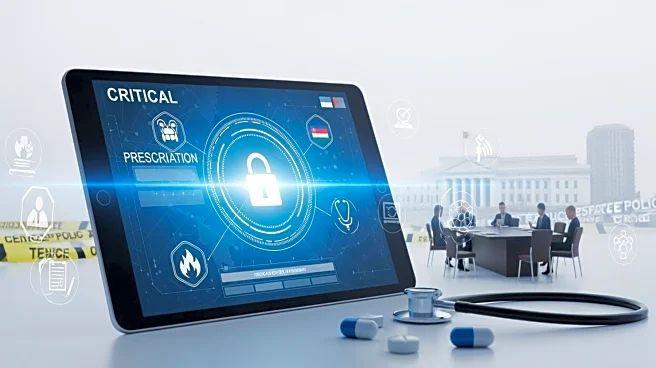What's Happening?
E-prescribing technology is playing a crucial role in improving opioid safety and compliance with Prescription Drug Monitoring Programs (PDMPs). By digitizing prescriptions, healthcare providers can reduce
errors, prevent fraud, and access patient medication histories more efficiently. This technology also integrates PDMP data directly into prescribing workflows, allowing clinicians to make informed decisions and reduce the risk of opioid misuse.
Why It's Important?
The opioid crisis remains a significant public health challenge in the U.S. E-prescribing offers a solution by enhancing the safety and transparency of prescription processes. By reducing the potential for prescription fraud and improving access to patient data, e-prescribing can help curb opioid misuse and improve patient outcomes. This technology also supports healthcare providers in making safer prescribing decisions, ultimately contributing to a more responsible healthcare system.
What's Next?
As e-prescribing technology continues to evolve, it may become more widely adopted across healthcare systems, particularly in rural areas where access to healthcare is limited. Ongoing advancements in AI and machine learning could further enhance the predictive capabilities of e-prescribing tools, allowing for more proactive interventions in opioid misuse cases. Policymakers and healthcare organizations may also focus on expanding e-prescribing infrastructure to ensure comprehensive coverage and support for all communities.












